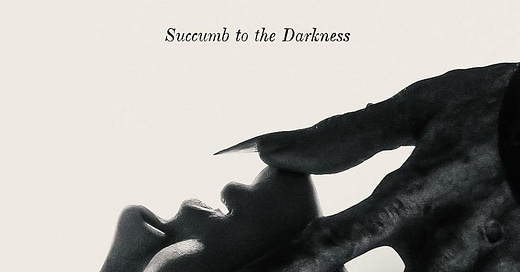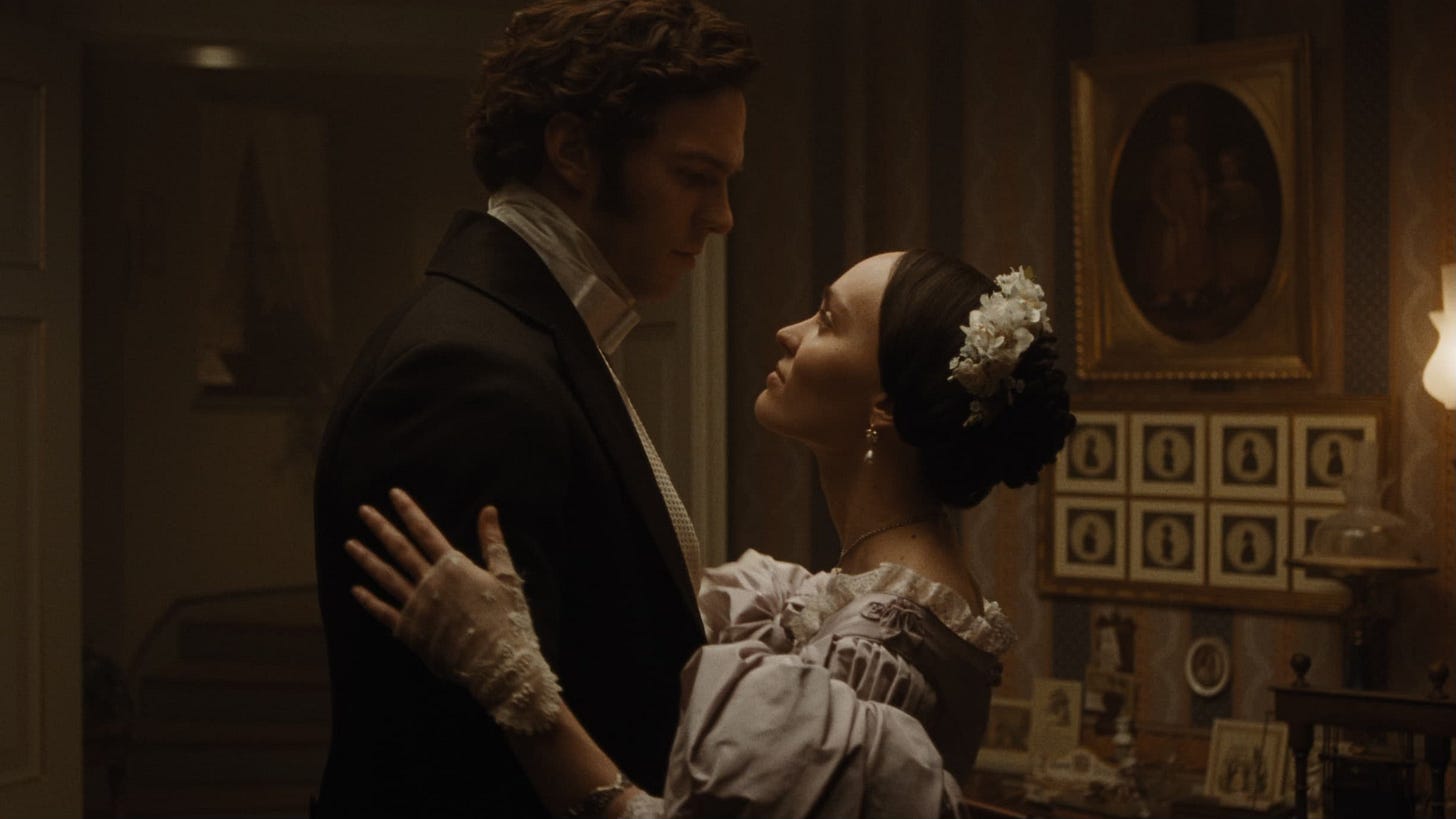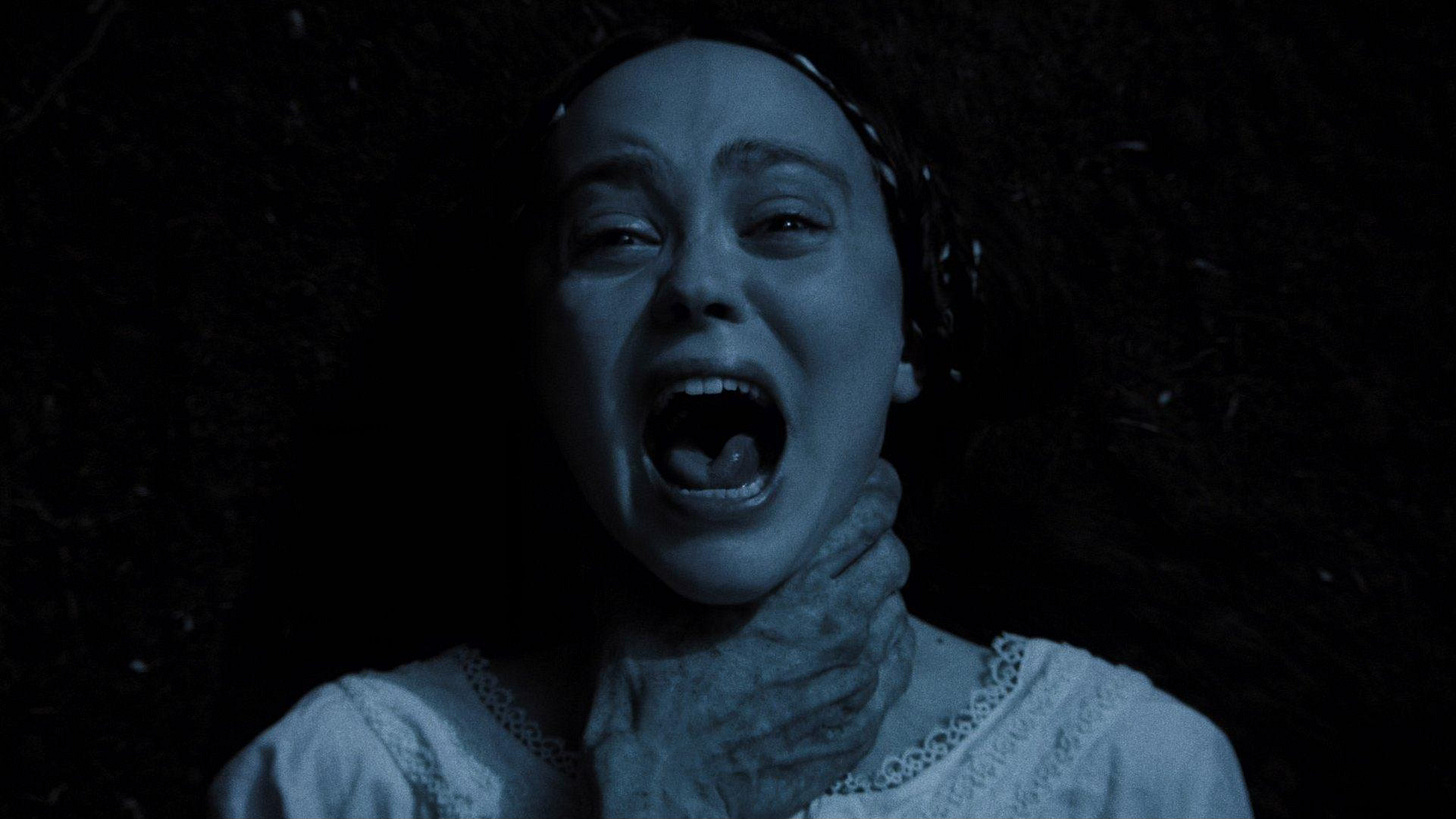⚠️ Please be advised, this review contains spoilers. ⚠️
Robert Eggers has done it again.
Judging from what I heard to the film and after the title sequence, I knew I would be in for something different.
I’ve been a big fan of Eggers’ work since The Lighthouse (2019), which gave me so much anxiety and stress, that I haven’t been able to rewatch it ever since. Still, it’s one of my favorite films.
Eggers is perhaps one of the few auteurs of our time. His handling of darkness, the unknown, and existential dread within the human figure and human condition is noticeable across all his films.
Nosferatu is haunting, deranged, and sexy, all to the beat of his own drum. Watching the original film before the remake is not necessary, but will help you to prepare for what you might be in for.
Nosferatu takes place in Germany in 1838. Thomas Hutter (Nicholas Hoult) is offered a job to sell a nearby home, but must leave for six weeks to meet the buyer. Thomas’s wife, Ellen (Lily-Rose Depp), begs Thomas not to leave as she is having nightmares and doesn’t want to be alone. Thomas decides to leave anyway, leaving Ellen to be looked after by a friend.
Thomas makes it to Transylvania, where Count Orlok is staying. There, Thomas meets and discovers the horrors of Count Orlok, who drinks his blood and leaves Thomas to suffer from nightmares and sickness as a result. Still, Thomas gets him to sign for the home before leaving.
Back home, Ellen is in distress, dealing with horrific nightmares similar to Thomas. In one of her dreams, Orlok demands that she divorce Thomas and marry him instead, otherwise Thomas would die. Ellen refuses, and Orlok inflicts a three-day punishment as a result.
Thomas returns to Ellen to see her being treated for her sickness, but not to much success. A fatal “plague” begins to spread across the town, which many of its citizens believe to be the bubonic plague. However, this was Orlok drinking the blood of the town’s residents.
After Orlok inflicts his horrors onto the town and the family Ellen was staying with, he finally manages to reach her. Ellen decides to sacrifice herself to Orlok so that Thomas and the rest of the town can be free of his evilness.
It sounds simple enough, but its execution is much bigger than that. There is an unsettling feeling that already comes over in the first half. The excessive darkness and deep space make for haunting sound and imagery.
This suddenly becomes amplified once Thomas introduces himself to Count Orlok. From that point on, the film leans into making an explicit modern-day horror. Those who may think Nosferatu (1922) is not scary, do not hold that same presumption for this film.
We never get to see Orlok’s appearance that well, always being shrouded in darkness. Yet, when Thomas is having dinner with him, he’s sweating and shaking like a leaf from fear. He can’t even get his words out properly, literally paralyzed by fear.
Thomas’s fear is pushed onto us in many ways: the horror when Orlok first drinks his blood, his violent nightmares, and the moment he tries to kill Orlok in his coffin, only to wake him up. An uncomfortable long shot of about thirty seconds goes on, with Orlok drinking Thomas’s blood to the brink of his death.
However, Thomas’s story is just a small part of it. Ellen is suffering, and in worse condition than Thomas. Scenes often cut back to her seizing, screaming, or even possessive-like.
It looks as though Lily-Rose Depp gives her body and soul—literally—for this performance. It’s disturbing to watch Ellen have this violent hold over her body, an entity so evil, we’re scared it’s going to reach out and get a hold of us next.
Nosferatu is full of jumpscares, but not too much to give it the status of being a generic horror film. It still has its traces and modern practice of German Expressionism at its core.
Every member of the cast gave a stellar performance. For Nicholas Hoult, Lily-Rose Depp, Aaron Taylor-Johnson, and Emma Corrin, we see them in a role different from their previous. However, in Nosferatu, they fall into their roles effortlessly.
Other veteran actors such as Willem Dafoe and Ralph Ineson moved graciously across the screen, allowing for the younger actors to take up the spotlight. The scientist-doctor relationship of their characters is key for the second half of the film.
But no one deserves the spotlight more than Bill Skarsgård, perhaps the most underrated and transformative actor of our current day. Promotional pictures don’t even come close to translating how horrifying he is in the film.
When is Bill Skarsgård going to get his flowers? Seriously, because in the moment we do get to see all of Orlok (and I mean all of him), you can find nothing of Skarsgård in his Orlok voice or appearance.
Skarsgård went through a huge transformation for this role, going as far as to lose weight and nailing down a specific accent to get it right. The same dedication was done with his role in the It series as well. That’s largely unheard of for actors nowadays.
Nosferatu was Robert Eggers’ passion project, and as such, is meticulously crafted and grotesque at its core. I gave an overall rating of 5/5 for the film and may a worthy contender for the best film of the year.
When the credits rolled for my viewing, I was speechless. I’ve seen all of Eggers work and should have been prepared for this, but Nosferatu was unlike any other. What a Christmas Day release.
The ending shot, which has Count Orlok and Ellen locked in a tragic embrace, is both haunting and beautiful. That shot alone is a testament to Eggers’ dedication to art cinema.








